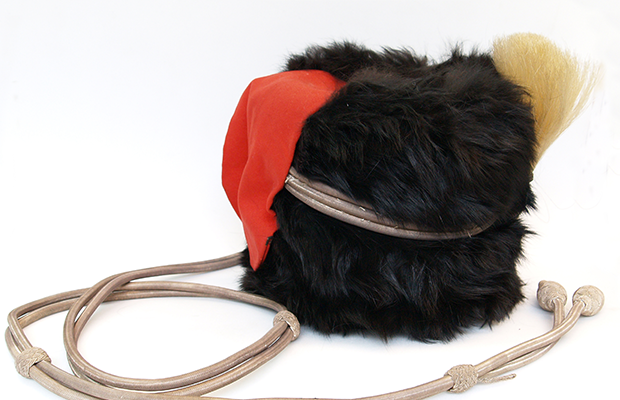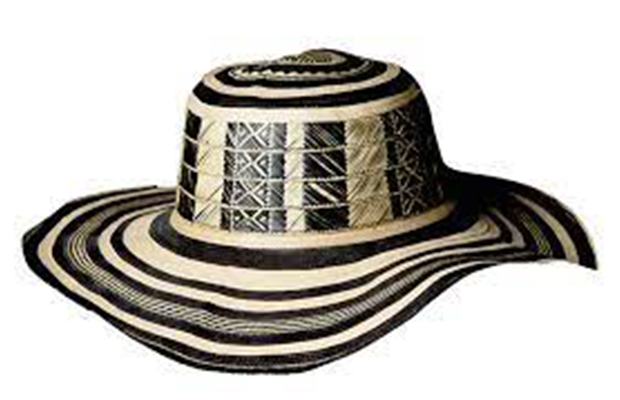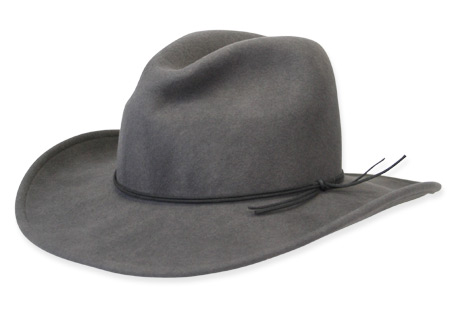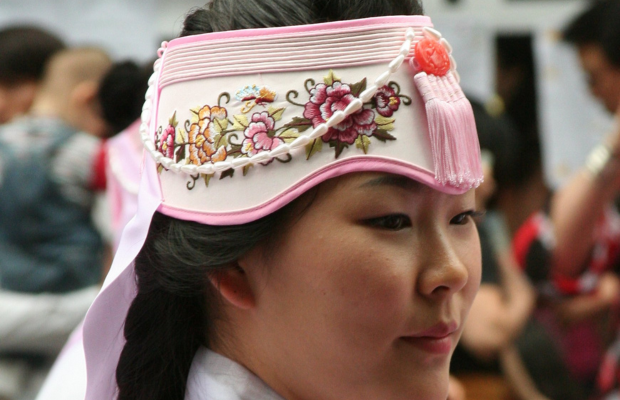
Busby Military Headdress: History, Styles, and Significance
Introduction:
The Busby is a tall, fur hat worn by certain military regiments. It is most famously associated with British soldiers, especially those in the Guards and Hussars. The headdress is made from animal fur, often that of the Canadian black bear, giving it its distinctive look.
Historical Origins
The Busby has its roots in the 18th century, originating from Hungarian hussars. It became part of British military dress in the 19th century, symbolizing prestige and tradition. Its unique design not only provided warmth but also gave soldiers a striking appearance.
Styles and Variations
There are different styles of this Hats . The most common are the full dress Busby, which is large and elaborate, and the service hat, which is simpler and used in less formal settings. The height and shape can vary, but the characteristic fur and plume remain constant.
Significance Today
Today, the Busby is mostly ceremonial. It is worn during parades, state occasions, and other formal events. It remains a symbol of military heritage and pride. While its practical use has diminished, its role in tradition and ceremony keeps the Busby an iconic piece of military attire.
Cultural Impact
Beyond the military, the Busby has influenced fashion and popular culture. Its dramatic look has made it a favorite in films and on stage. The headdress is a powerful symbol of military history and elegance. If you want Scottish hat then you have to go on the page of Kilt Master . They provide high quality product their costumers.
Conclusion
The Busby military headdress is more than just a piece of uniform; it is a symbol of tradition, history, and pride. From its origins with the Hungarian hussars to its prominent place in British military ceremonies, the Busby continues to captivate with its unique style and cultural significance. While its practical use has faded, the Busby remains a cherished part of military heritage, reflecting the timeless values and traditions of the soldiers who wear it.






